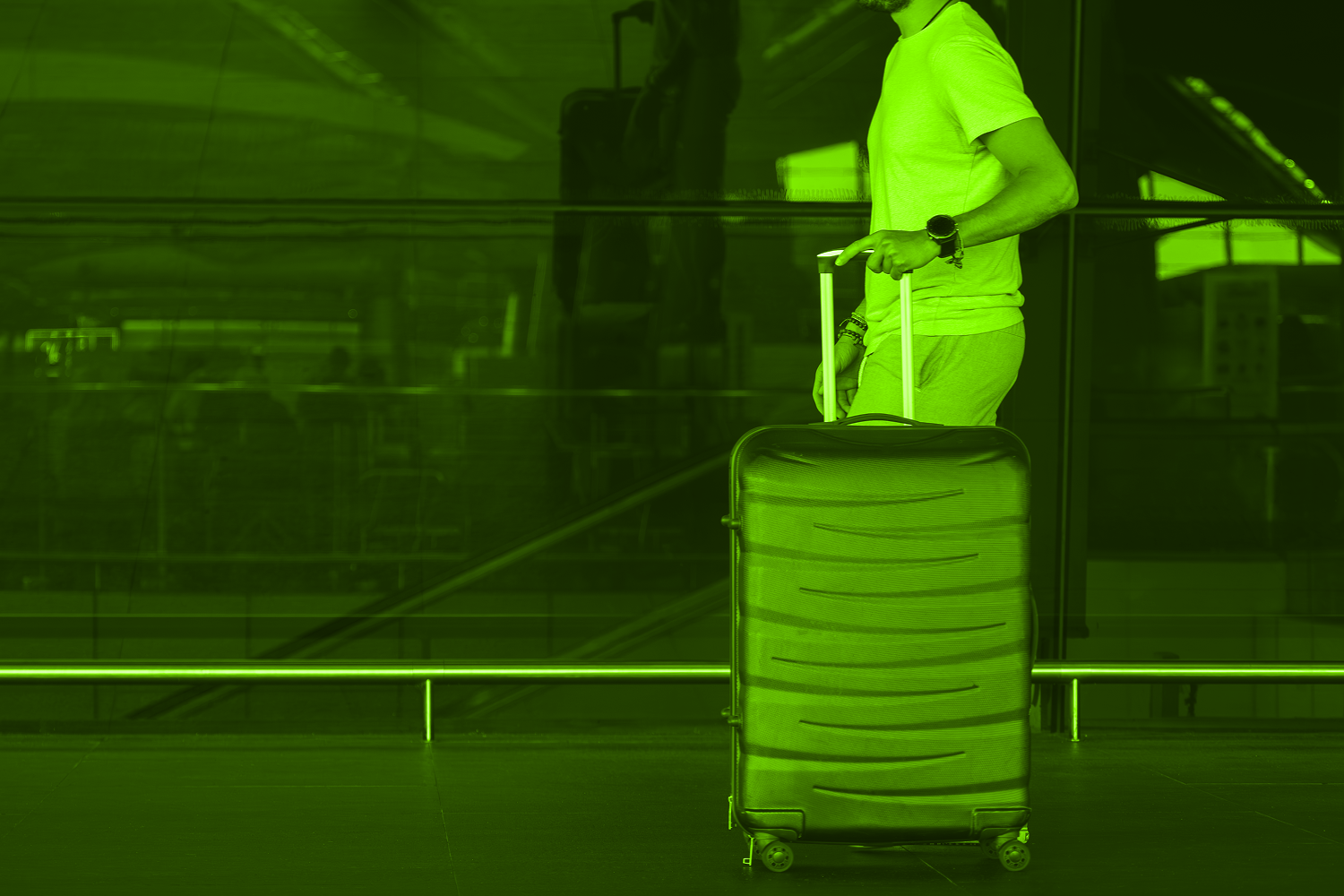A sustainable traveler’s guide to summer vacation
What’s the ‘greenest’ way to travel? We rate 8 popular tips.

Sign up and save the world
The one5c newsletter delivers our best tips right to your inbox
This story has been updated. It originally published on Nov. 14, 2024.If you’re plotting a beach escape this sunny season, you’re not alone. This summer, more than half of Americans are expected to hi……

